Waste recycling - types and process
Ekologia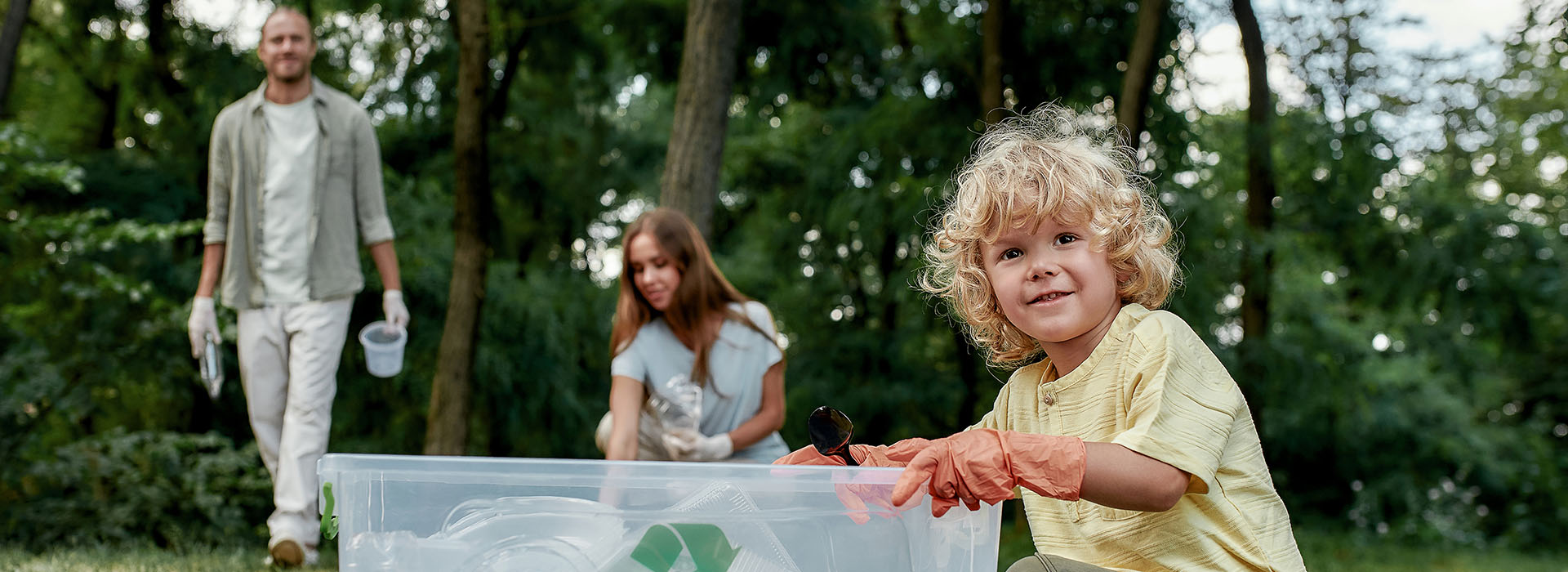
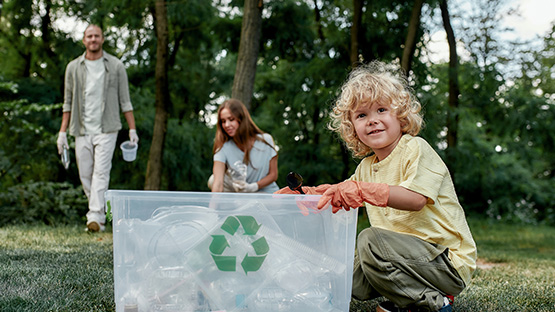
8 January 2023
The need to separate waste has been talked about for years. It is all about recycling some waste and giving it a second life. This reduces the overexploitation of the earth's goods and also the amount of rubbish collected. Find out what waste can be recycled and how this affects our lives and the environment.
Main objective of waste recycling
Rubbish recycling is the processing of municipal waste for reuse. Its main aim is to protect the environment - it is based on reducing the production and use of raw materials. For example, aluminium and glass are materials that can be recycled many times. Recycling aluminium reduces the amount of water used, as well as the harmful substances that escape into the environment as a result of converting bauxite into alumina.
Recycling waste also makes it possible to reduce landfill space, as well as the costs associated with its maintenance. It is worth bearing in mind that waste separation and recycling are related activities. In fact, we can consider that the recycling process itself already starts in our homes, offices, etc. If we put used items in the right containers and follow the recommendations, we give them a chance to be reused.
Waste recycling - what types of recycling are there?
Recycling is not the same as recycling. As well as dealing with different wastes, it is also referred to as different categories for giving waste a second life. First of all, it is divided according to the subsequent use of the products produced. In this context, a distinction is made between:
- Re-use - goods in this category will be able to be put back into production. Examples are the reuse of components from car wrecks or the remanufacturing of bearings.
- Re-use - in this case the waste, after a little processing, can be further used for the same purpose. Examples include recycling paper or cardboard.
- New use - recycled rubbish finds a completely new use and can be processed in different ways. This is mostly the case with plastics, e.g. plastic bottles that later form shoes.
The treatment of recycling waste also varies according to the treatment itself. These include recycling:
- Thermal - this process involves the incineration of waste to extract energy. For this reason, it is also called energy recycling.
- Chemical - this results in new products with different physico-chemical properties.
- Raw material - is based on the processing of such waste leading to its original form. An example of this would be plastic bottles that become plastic themselves again.
- Materials - this form of recycling is based on processing waste in such a way that materials can be recovered from it and then used for other purposes. An example is to recycle old rubber tyres and create a running surface from them. This process is often referred to as mechanical recycling.
- Organic - otherwise known as composting. Waste is treated aerobically or anaerobically and decomposes into methane or organic matter.
What waste is recyclable?
Now that you know exactly what recycling waste is all about, it will certainly be easier to understand how to separate it. It is worth bearing in mind that, unfortunately, not all rubbish is recyclable and reusable. At best, it is then composted, and at worst it is disposed of in an environmentally damaging way.
Recycled waste is considered to be paper, glass, plastics and metals and biodegradable waste. Each of these will be able to be reused, whether in the same form or in a completely different form. The prerequisite is that the waste is correctly separated. We have to prepare it properly, e.g. when throwing away plastic bottles, they have to be unscrewed and crushed. Similarly for the cardboard boxes in which we receive parcels. They are always sealed with tape or shipping film, which must be peeled off the cardboard and disposed of in another container. 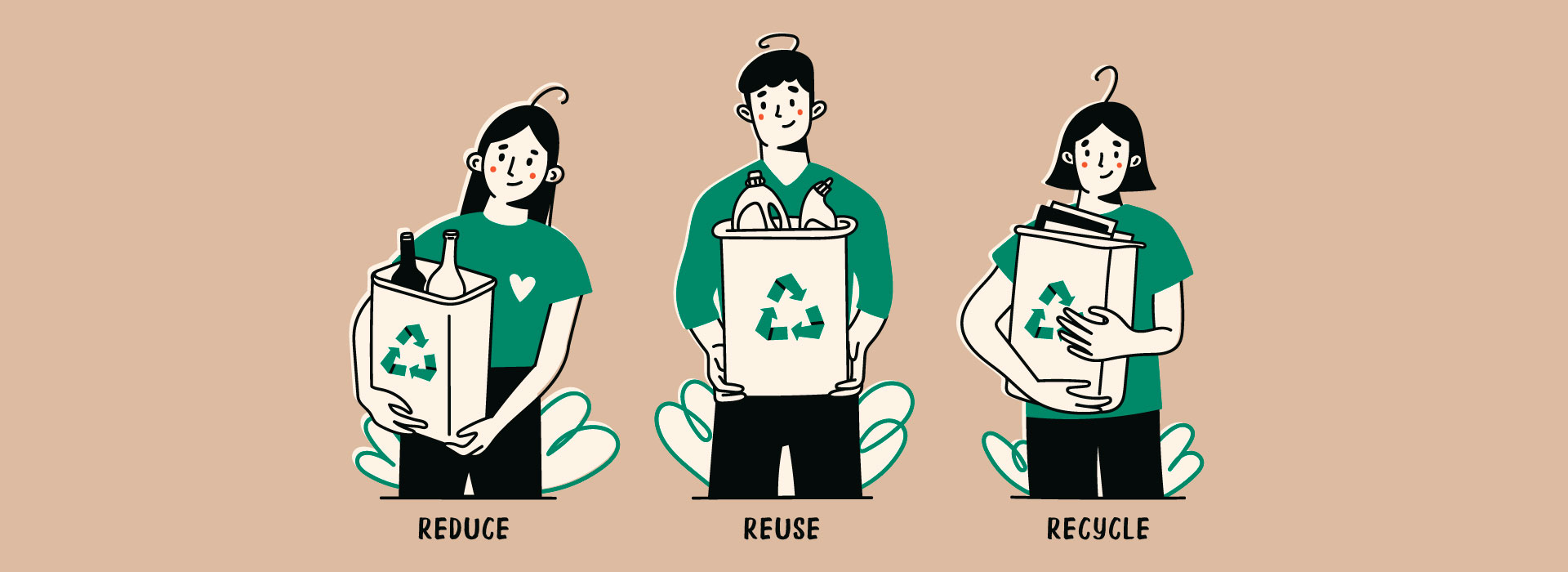
How should waste be separated for recycling?
Segregating itself is not a difficult activity, although of course you can fall into a few mental traps (e.g. a milk carton should not be thrown in waste paper because it is lined with aluminium inside). It is worth remembering to separate recyclable materials and put the rest in the mixed waste bins.
Waste paper should be put in the blue bins. This includes cardboard, cardboard, sheets of paper, notebooks and books, paper packaging etc. Soiled and greasy paper, hygiene products or multi-material products such as milk and drinks cartons should not be put in these.
The yellow bin is for metals and plastics. Aluminium products, caps and jar tops or plastic food packaging can be put in this. However, if they have contents, they should not be placed there. The same applies to used batteries or motor oil containers.
Brown bags are designated for the recycling of organic waste (vegetable and fruit peelings, cut grass, leaves, etc.). Bones, animal droppings, stones, etc. should not be put in them.
Some municipalities have separate bins for white and coloured glass. However, ceramics, porcelain or heat-resistant glass as well as mirrors, light bulbs and monitors may not be disposed of in these.
At the very end are the bins for mixed waste. This is where we put everything that cannot be recycled. However, please note that this is not the right place for hazardous materials such as expired medicines, batteries or accumulators.
How much waste is recycled in Poland?
Unfortunately, we are producing more and more waste every year. As recently as 2018, their amount per capita per year was 325 kg, and in 2021 it will already be 358 kg. Nevertheless, compared to some European countries, as well as the European Union as a whole, we come out quite favourably, as we have one of the lowest rates. The only question is, how much of this waste is recycled?
In 2020, according to a report by the Central Statistical Office, around 7.7 million tonnes of waste were sent for recovery, of which 3.5 million tonnes were sent for recycling. 2.7 million tonnes went to thermal recycling with energy recovery and 1.6 million tonnes to composting. These 7.7 million tonnes represent approximately 56% of all collected municipal waste generated, meaning that recycling alone accounted for 27%.
In the current situation, one way to increase recycling rates seems to be to improve consumer awareness. An example is the popularisation of such actions by well-known companies.
Waste recycling - why is proper waste management so important?
As inhabitants of the Earth, we should be aware of the importance of recycling - what can be done with waste, how to give it a second life and prevent the accumulation of rubbish. This brings many benefits not only to our planet, but also to ourselves - in the environmental and economic fields. According to the Polish Recycling Association, "we cannot afford to burn all our waste". In addition, proper waste segregation is also a way for businesses to save money. Disposing of everything in mixed form is simply more expensive than segregation.
Appropriate waste management is important in terms of environmental protection. Environmentalists are already talking about the overexploitation of natural resources. Such activities contribute, among other things, to soil degradation and the release of large quantities of harmful substances into the atmosphere. All this happens during the processing of raw materials into materials and plastics. This in turn contributes directly to increased global warming. By recycling and recovering waste, we reduce these pollutants and give products a new life.
Now you know what waste recycling is and why it is important in terms of nature conservation. It also brings economic benefits. So make sure you separate your rubbish properly and put your waste in the right containers.
Czytaj również

Where to donate your clothes? Give them a second life together with InPost!
Where to donate clothes you no longer wear? Instead of throwing away good clothes, it is worth donating them to others for further use. Do...
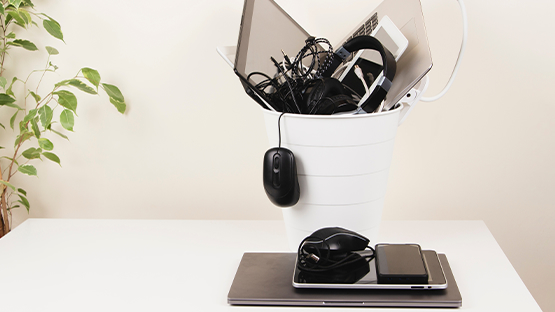
Where to give away unwanted electronic equipment? Small items can still be useful
Electronic equipment is one of the most frequently replaced items in the home. New ones are not always bought when the old ones are no lon...
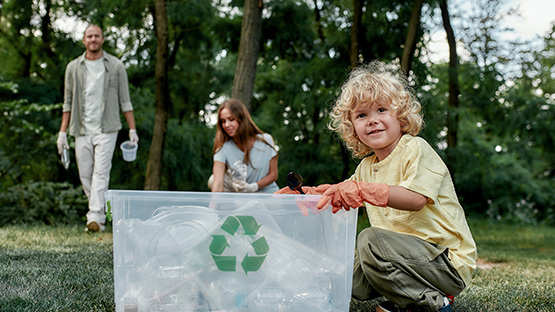
Where to donate toys you no longer need? We have a good way to do it!
Quite a few children have rooms full of toys. They receive more gadgets from grandparents, parents or aunts and uncles. Sometimes the obje...



